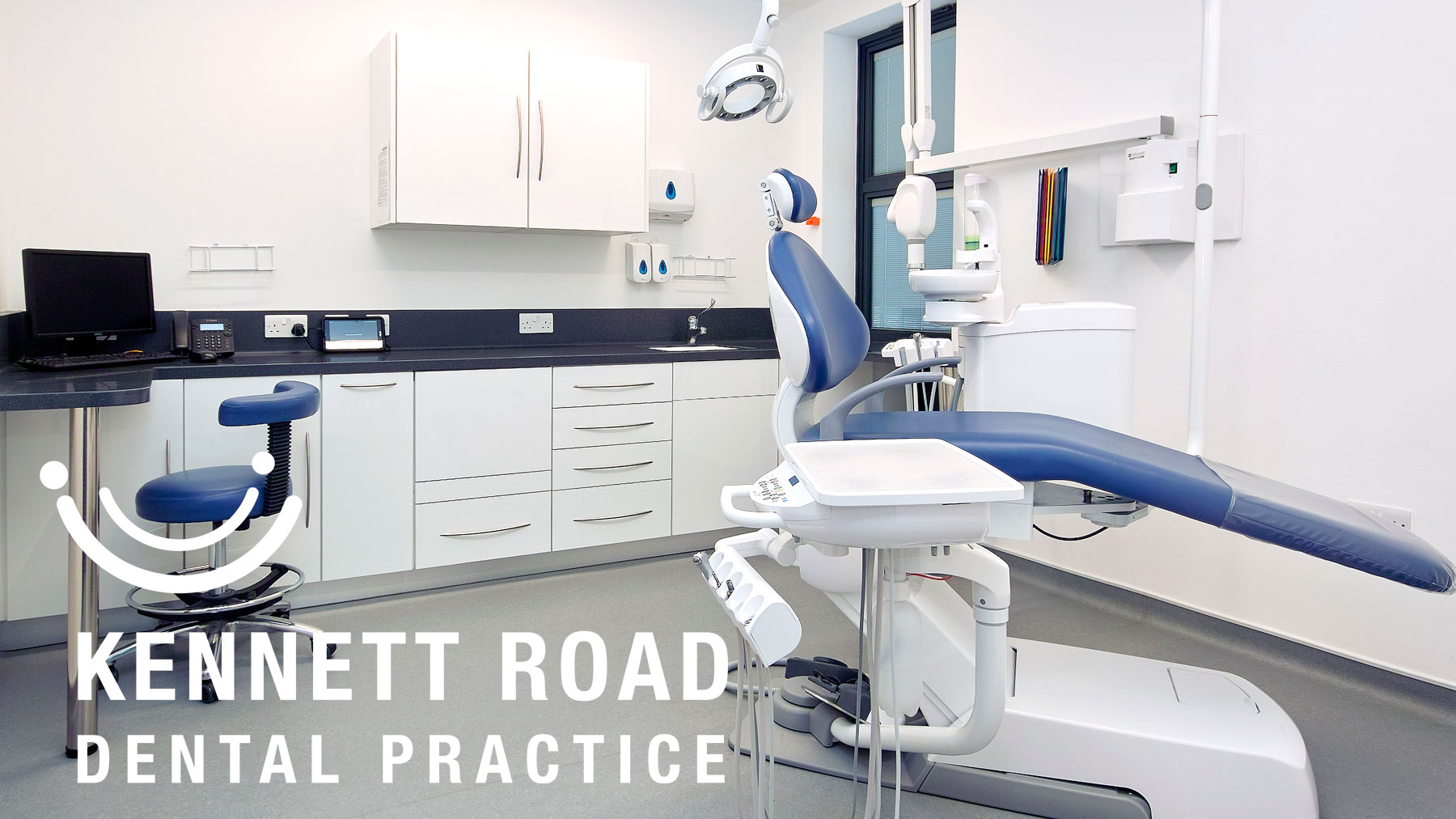
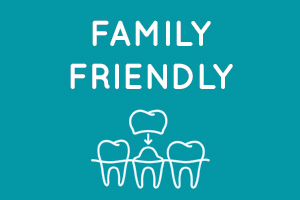
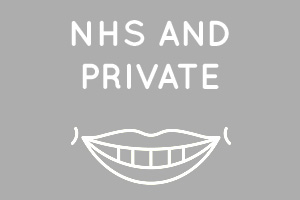
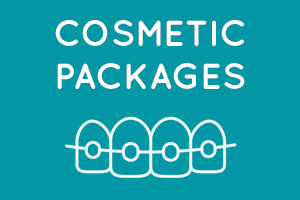
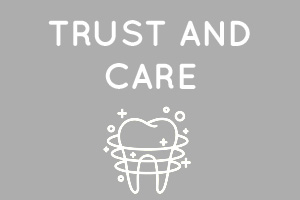
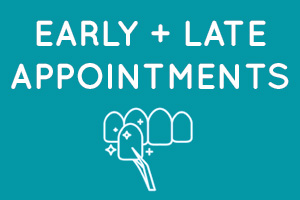

Welcome to Kennett Road Dental
Based in Headington, Oxfordshire, Kennett Road Dental Practice has been a part of the community since 1972. We believe that by providing helpful and accessible dentistry, we can keep the community healthy and happy, whether it’s a general check-up, a cosmetic consultation or emergency treatment, we are here to help!
Our Team
Our team pride themselves on the care and attention given to each and every patient, many of which have been with the practice for over 30 years – in some cases, we care for several generations of the same family! As a family friendly practice, we welcome all ages, and have vast experience with dementia and elderly patients.
FAQs
Here at Kennett Dental, we like to get to know our patients personally to provide the highest level of care and achieve keep our patients healthy and smiling, using the latest most modern techniques.
Our practice goes above and beyond to ensure that patients feel welcome, comfortable and safe. If you’re nervous or unsure, please get in touch with a member of our team, who can talk you through our treatments, hygiene procedures and common patient worries. Alternatively, have a look at our FAQ page for more information!
What Our Patients Say About Us
ExcellentBased on 20 reviews
 Marco Pontecorvi2024-03-14Dr Duggan is a fantastic dentist, a brilliant professional and a caring medical practicioner and the staff in the practice is a testament to his abilities. Very highly recommended.
Marco Pontecorvi2024-03-14Dr Duggan is a fantastic dentist, a brilliant professional and a caring medical practicioner and the staff in the practice is a testament to his abilities. Very highly recommended. KEN THE DRIVER2024-03-06From the reception to the dentist this was a very professional experience. I was examined by the new member of staff, Mr Mistry and offered a very warm welcome and first class dentistry.
KEN THE DRIVER2024-03-06From the reception to the dentist this was a very professional experience. I was examined by the new member of staff, Mr Mistry and offered a very warm welcome and first class dentistry. Natalie Whitton2023-11-20My dentist (Mr J Mistry)and his assistant are Absolutely wonderful, I am so apprehensive about the dentist and they make me feel so at ease, thank you
Natalie Whitton2023-11-20My dentist (Mr J Mistry)and his assistant are Absolutely wonderful, I am so apprehensive about the dentist and they make me feel so at ease, thank you JP MORENO2023-07-28Muy professionales! Excellente atencion.
JP MORENO2023-07-28Muy professionales! Excellente atencion. Tom Hollywood2023-04-12Never felt more comfortable in a dental practice then I do at Kennet t Road, all staff are extremely professional and personal and a special shout out to Mandira who has always looked after me!
Tom Hollywood2023-04-12Never felt more comfortable in a dental practice then I do at Kennet t Road, all staff are extremely professional and personal and a special shout out to Mandira who has always looked after me! David Clover2023-02-08This is an excellent and most efficient practice staffed by wonderful people.
David Clover2023-02-08This is an excellent and most efficient practice staffed by wonderful people. Thomas Milne2022-08-17This is a fantastic dental practice. My whole family uses it and we are all very happy with the high level of professionalism and friendliness of everyone at the practice.
Thomas Milne2022-08-17This is a fantastic dental practice. My whole family uses it and we are all very happy with the high level of professionalism and friendliness of everyone at the practice. Vinit Gohil2021-12-02Having a great professional relationship with Dr Duggan, I am very pleased to recommend Kennett Road Dental Practice. Dr Duggan is very reliable, organised and friendly and puts the utmost care into his work. I look forward to continuing a great working relationship with this practice, and recommend their services highly.
Vinit Gohil2021-12-02Having a great professional relationship with Dr Duggan, I am very pleased to recommend Kennett Road Dental Practice. Dr Duggan is very reliable, organised and friendly and puts the utmost care into his work. I look forward to continuing a great working relationship with this practice, and recommend their services highly.